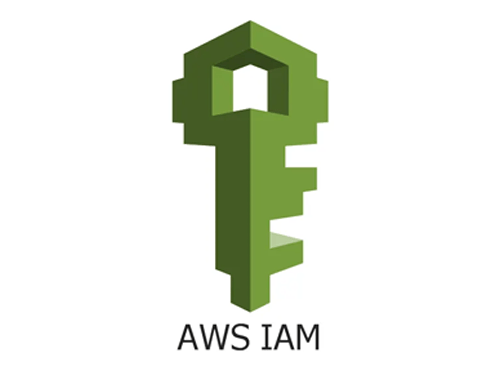I was lucky to be part of the second big revolution in file storage, the rise of scale-out architecture. In 2006 I joined a little start up called Isilon Systems, now owned by Dell EMC and known as PowerScale, through two acquisitions. At the time, Isilon competed in a smallish corner of the burgeoning NAS market. Back then file data was mostly limited to user shares across the enterprise such as corporate z: drives. It was also leveraged by a few specific verticals, like Media and Entertainment, that were quickly digitizing content. Then in the mid-aughts something happened that helped Isilon expand quickly. Applications that leveraged file data started to proliferate and data volumes exploded across virtually all major vertical markets.
During this time period, Isilon won because it had one very specific and important architectural advantage over the existing competition — it could scale-out. This was a huge advantage compared to scale-up, the first architecture model brought to market and standardized by companies like NetApp. From an administrator’s point of view, scale-out worked well when a data set grew and surpassed any single filer because they could simply add more nodes to keep up. This was done without compromising performance, all under a single namespace. Even though Isilon’s code was shaky and the enterprise features were immature or nonexistent, it could scale and that alone elevated the business to a category leader with billions in revenue!
For the next 15 years, any customer who had a mission-critical, large volume unstructured data file set would choose a scale-out solution. Over the years, vendors like Pure and Vast jumped into the fray. Each brought some small improvement to scale-out, mostly around the use of SSDs, storage-class memory and other hardware optimizations to increase performance at incrementally better economics.
Of course, something quite monumental also happened over the past 15 years which was the rise and dominance of the public clouds including Microsoft Azure and Amazon Web Services. Virtually every enterprise now uses one or more public clouds, not just as a tool, but as a strategic approach to running IT. They haven’t abandoned their data centers either — just look at the growth rates from the traditional server, networking, and storage companies. Enterprises are clearly settling into a hybrid IT operating model, where applications and the data sets that power them are located on-prem or in the public cloud.
In a hybrid cloud world, scale-out architectures, while necessary, have quickly become insufficient for customers. To skirt the issue, many second generation scale-out vendors use terms like “private-cloud” or “flash cloud.” Some even offer cloud-like commercial models. They claim a cloud experience, but in reality their customers just get more boxes, cables and orphaned data sets. In this model, customers are stuck, and that’s exactly what the legacy vendor’s business model relies on. They still get all the disadvantages of deploying storage in a data center and none of the advantages (other than financial engineering) of the “real cloud.”
Qumulo took a very different approach, and we are now leading the third big revolution in file storage. For the last 10 years, we have been on a relentless path to enable customers to not just scale-out, but Scale Anywhere™. Our solution allows customers to scale-out in data centers AND in public clouds by connecting the two environments. The hardened enterprise data services that we offer — fine grained snapshotting, quota management, data movement, simple but powerful integration to networks and active directories — are identical on-prem and in the public cloud. We provide scale-out benefits and the ability to grow data volumes and performance in a single namespace. And we do this both in the cloud of our customer’s choice and across multiple hardware platforms sourced from multiple vendors on-premise. The combinations and choices are endless.
Most importantly, customers can connect their on-prem environments to public cloud deployments for easy movement of data and applications whenever required. With the exponential growth of enterprise data, flexibility and ease of movement are key for companies to control costs and intelligently manage their IT infrastructures. This is what Scale Anywhere™ means and why customers increasingly choose Qumulo.


